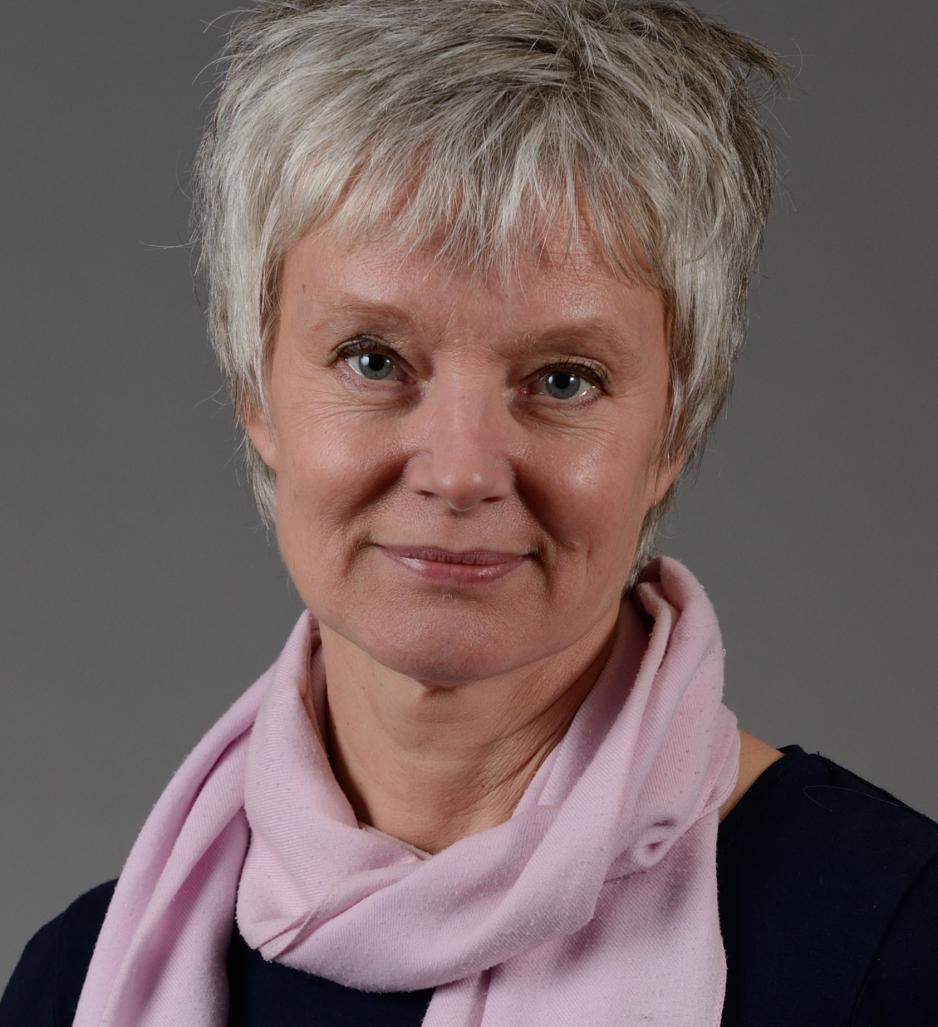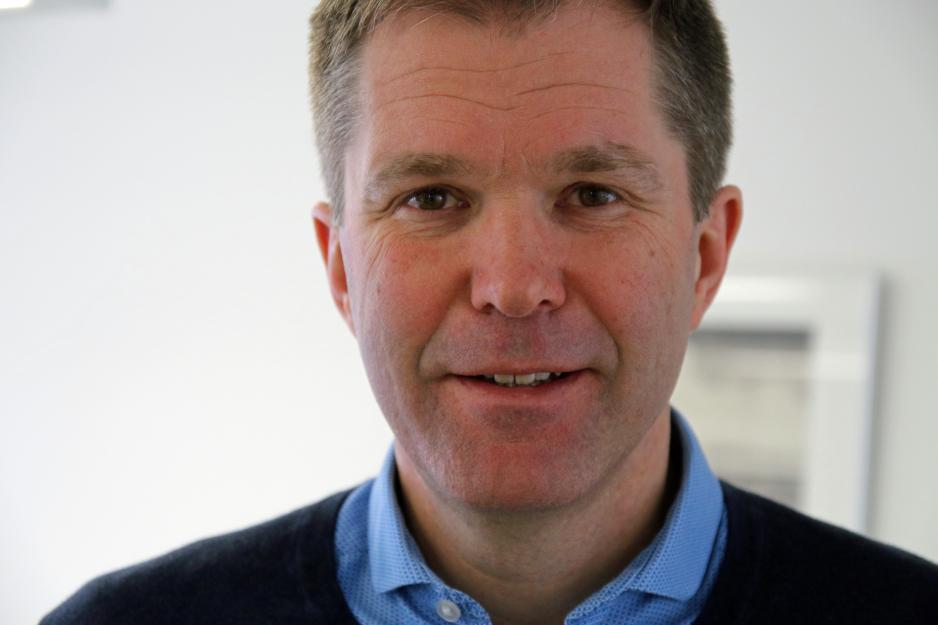Thanks to observers, committees gave more money to women
There was something peculiar about the discussions when research grants were being awarded, according to the committee chair. Something did not feel right. Then the Swedish Research Council began sending observers to the meetings.

“It all began in 2008. The chair of one of the Swedish Research Council’s grant allocation committees experienced something happening in the room that was hard to put a finger on, but the chair knew it had to do with gender, at least in part,” explains Lisbeth Söderqvist.
She is a senior analyst in the Department of Research Policy at the Swedish Research Council.
“As a result, the committee chair asked a colleague from the personnel department at Chalmers University of Technology in Gothenburg to attend the committee meetings as an observer.”
Informal information
The purpose was to observe what is actually said when the various grant applications are discussed. Who on the committee gets to speak, how are the arguments framed, and who says the decisive words?
“This began a trend. Soon there were more employees from Chalmers who took part as observers on various committees in different subject areas. In 2012, the Swedish Research Council decided to increase and formalize the observation activity,” says Söderqvist.
The observers found that statements about the applicants, such as “Yes, he’s a good guy” or “Isn’t she the one married to…?” easily slipped into supposedly gender-neutral discussions about allocation of research funding.
“We observed a lot of exchange of informal information of this kind – by that I mean unconfirmed information about the applicants that is totally irrelevant. It is the application, and only the application, that is supposed to count. I don’t think such things were said with malicious intent, on the contrary. But when someone says ‘I know him. He does good work’, that is the kind of information that nobody at the meeting can necessarily verify, but that nonetheless, unconsciously, can play a role in influencing the allocation of research funding.”
“And yes, we saw that information about a person’s marital status or family relationships came up especially when the applicants were women. It’s a complicated issue – why we clearly have a greater need to discuss women’s relationships than men’s. But is it because we are more likely to view women as dependent beings?”
Measure time spent talking
After the initial years in which only a few individuals from Chalmers acted as observers, some employees of the Swedish Research Council, including Söderqvist, were also selected to observe at the meetings.
“In the first large round of observations in 2012, we attended meetings held by 15 different committees. Then we decreased this number over time. In 2016, we observed eight of the 56 committees that were active. We don’t know yet how many committees we will observe in the next round in 2018, but I think it will be eight committees divided among various subject areas, like before.”
Each observer comes to a meeting with a template, an overview of what she or he is supposed to focus on during the meeting.
“The overarching issue is how the meeting functions. Do informal power centres arise? Does everyone get a chance to speak? If not, who gets to speak the most?”
Quite simply, the observers measure the amount of time each person speaks, using the mobile app “Time to Talk”. All the committee members are entered into the app, which then registers the percentage of time each gender has the floor.
“We also look at whether committee members use the same criteria when they evaluate women as opposed to men. What we find, among other things, is that the criteria for a good application appear to be more significant if the application comes from a female researcher.”
As one example, this applies to the criterion that the researcher’s work must reflect independence. If a female researcher has taken part in many collaborative projects, there is often a question of how independent she really is, which can be interpreted in a negative light. If a male researcher has collaborated a lot, however, it could be interpreted that he has the ability to build networks, which is positive.
“That is not how it’s supposed to be,” says Söderqvist.
“The applicants must be assessed with the same indicators and be evaluated in the same way, regardless of gender.”
Strategic seat assignments
After the last round of observations, the Swedish Research Council prepared a recommendation on seating during the meetings.
“This is a way of reducing the informal power centres that can form. Most of the committees follow the Council’s recommendations here, but in the end it’s up to the committees to decide on the seating during the meetings.”
The majority of the committee members are Swedish researchers, and many of them know each other. In addition, there are individual researchers from abroad, from other Nordic countries or from Europe.
“The observers could see how people usually sought out colleagues they know before the meetings began, had coffee together and chatted. Then when they went into the meeting, they usually sat down together. And when you sit at a meeting like that, with people you know on both sides of you, you tend to feel safer and it’s easier to speak up at the meeting. In contrast, those who don’t know anyone can easily feel more alone and less at home. This is why we always recommend that committee chairs assign seating around the table, placing international members near the committee chair and women and men in alternate seats.”
Formalizing the committee’s work is an important topic when Söderqvist describes the measures launched in the wake of the observations to counteract gendered processes in the committees’ work.
“Ultimately it comes down to having more gender-equal processes in the Council’s activities. When we meet the committee members and prepare them for the fact that we will attend the meeting, we also stress that we are not there to study the individuals, but to improve ourselves.”
By the same token, one of the goals is to help the committee members better understand that the money being allocated is public, government funding, so the decision-making process must conform to strict regulations that require neutrality and independence.
Does it help?
So the big question is whether the Swedish Research Council can see that these actions help. One way to measure this could be that the percentage of female researchers who are granted research funding is the same as the percentage of women who apply for funding.
“In this case the statistics are good, and we see that the percentage of female researchers granted funding corresponds with the percentage of applications from women.”
“In general, there is a slight increase in the number of female applicants awarded research funding, except in the fields of medicine and health, also known as the life sciences. In those areas the gender distribution between the applicants has fluctuated a bit, and now in the last round the numbers were worse than before when it comes to female researchers who apply for funding,” explains Söderqvist.
In the report presented after the last round of observations, the observers also recommended that the Swedish Research Council strengthen the effort even further to encourage the underrepresented gender to apply for research funding. They also suggest that the Council investigates whether the committee members’ nationality has any impact on the percentage of allocations to female and male applicants, respectively. The question is whether there is reason to believe that Swedish committee members are more likely to award grants to male applicants

Changes coming in Norway
Can the Research Council of Norway learn anything from the work being done at the Swedish Research Council?
“Yes, absolutely,” says John-Arne Røttingen, Chief Executive of the Research Council.
“We can gain inspiration from taking an even more critical view of our own practices. And we are off and running!”
Currently the Research Council does not systematically study decision-making processes in committees, panels and boards related to gender. However, Røttingen sees several similarities between the new measures from the Norwegian and Swedish research councils.
“But we recently concluded an internal project that involved observations of over 30 panels. We wanted to assess whether there was a need to change our routines for how the panels work. The project did not have an explicit focus on gender, but an important issue has been to ensure that all panel members participate equally in the discussions and that power centres like those Söderqvist mentions do not form.”
One of the measures now being launched is that panel discussions in the future must be led by an employee of the Research Council, rather than by external experts.
“By doing this, we hope to better ensure that all experts take part in discussions on equal footing. An important task for the meeting leader is also to ensure that the discussion is based solely on the content of the application. In this way we hope to reduce any exchange of so-called informal information of the kind identified by the Swedish Research Council,” says Røttingen.
Translated by Connie Stultz.
The Swedish Research Council supports and promotes basic research in all scientific fields. In 2016, this government-financed Council awarded a total of NOK 6.4 billion in research funding. Since 2008, observers have taken part in meetings of a selected group of grant allocation committees. The purpose is to encourage discussions about research grant applications that are gender neutral.
In 2016, the observers followed eight of the 56 committees in total.
